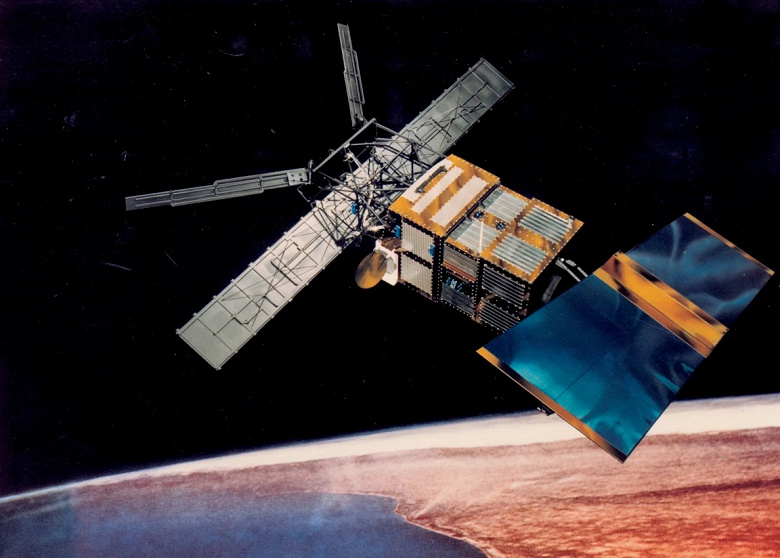ESA changes policy to clear Earth's orbit of debris and introduces new measures
The re-entry of the spent European ERS 2 satellite provides clear evidence of the dangers posed by space objects, despite leading agency work to mitigate the problem of orbital debris. The satellite, designed for remote sensing of the Earth, is expected to leave orbit on February 21 after twenty years in space.
Launched in 1995 weighing approximately 2,300 kilograms, ERS 2 was tasked with collecting information about the Earth. In 2011, its operation was stopped, but due to the exhaustion of fuel, a controlled descent into the atmosphere became impossible.
The head of the European Space Agency's (ESA) Earth observation program, Mirko Albani, said at a briefing on February 13 that some components of ERS 2 will be able to survive re-entry. These components include four fuel tanks and several internal panels. However, the largest part expected to survive re-entry is the SAR antenna, weighing 52 kilograms. ESA did not identify any particular risks associated with this particular reentry. Mirko Albani added that none of the ERS 2 debris contains toxic or radioactive materials.
In 2011, ESA decided to stop operating ERS-2 and used the remaining fuel to lower the satellite's orbit from 785 to 573 kilometers, and then turned off the onboard systems to prevent an explosion that would have resulted in debris. The satellite also did not have enough fuel to go lower, and design limitations would have prevented it from operating at altitudes below 560 kilometers, according to ESA's Space Debris Directorate, Tim Florer.
ERS 2 complies with previous ESA recommendations requiring the removal of satellites from orbit within 25 years after the end of their service life to prevent the formation of orbital debris. However, in November 2023, ESA introduced a new policy reducing post-mission disposal timelines to 5 years. Under this policy, satellites that are not considered “low risk” must be built with software interfaces that allow active debris removal missions to capture and dispose of them.
ESA's new policy does not apply to satellites already in orbit. However, there are plans to create a commission that will evaluate space debris mitigation and determine how new rules should apply to older missions. ESA's goal is to achieve zero orbital debris by 2030.
This policy is based on the experience of failed missions such as ERS 1 — a similar satellite to ERS 2, which failed in 2000 and remained in orbit for approximately 100 years. Similar situations occurred with ESA's larger Envisat mission in 2011, which also remained in the same orbit. This satellite is expected to be one of the most dangerous objects in space and will remain in orbit for centuries.

